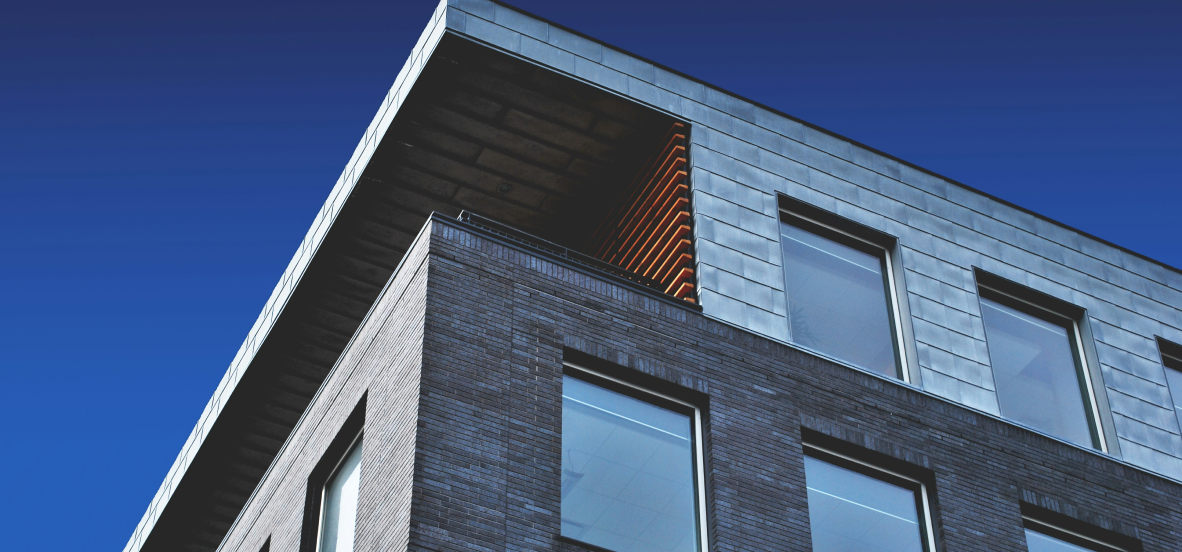W ostatnich latach zakup nieruchomości w celach inwestycyjnych staje się coraz popularniejszą formą lokowania kapitału. Trend ten dotyczy nie tylko lokali mieszkalnych, ale coraz częściej także lokali usługowych – w tym turystycznych. Zakup nieruchomości lokalowej w budynku jest związany ze współwłasnością, która w przypadku lokali użytkowych i turystycznych jest bardziej skomplikowana niż w popularnej mieszkaniówce. Zapraszam do lektury artykułu, w którym przybliżę możliwe formy współwłasności nieruchomości turystycznych.
„>Perspektywa dewelopera – forma współwłasności
Jeden z głównych problemów pojawia się, gdy inwestor przekazuje pełną kontrolę nad projektem architektowi. Jak podkreśla Oliver, często prowadzi to do konieczności powrotu w procesie i dopracowywania funkcji budynku. Wykrycie błędu na etapie projektowania nie jest tak kosztowne. Problem pojawia się, gdy błąd zostaje zauważony podczas budowy – wtedy inwestor ponosi znacznie wyższe koszty. Adrian podkreśla również znaczenie dogłębnej analizy lokalizacji działki, zwłaszcza jej głównych atutów, które wpływają na strukturę obiektu. Na przykład, jeśli w sąsiedztwie znajduje się aqua park, nie ma sensu dublować tej funkcji w naszym obiekcie – wystarczy skromniejsza infrastruktura wodna. Ponadto niezbędne jest określenie profilu klienta docelowego jeszcze przed rozpoczęciem projektowania. Dla obiektów typu „second home” będziemy projektować inne wielkości lokali niż dla obiektów stricte inwestycyjnych.
Kiedy projektujesz dla inwestorów, musisz znać ich potrzeby
Planując realizację inwestycji wielolokalowej składającej się z lokali użytkowych na cele turystyczne (noclegowe i hotelowe) inwestorzy stają przed dylematem w jaki sposób zorganizować utrzymanie nieruchomości wspólnych oraz jak ułożyć stosunki prawne w ramach powstającej współwłasności. W przeciwieństwie do lokali mieszkalnych ustawodawca nie przewiduje tutaj jedynego dostępnego rozwiązania w rodzaju „wspólnoty mieszkaniowej dla lokali użytkowych” pozostawiając tym samym pewną dowolność w zakresie wyboru struktury własnościowej przyszłej inwestycji. Punktem wyjścia do jej określenia są przepisy Kodeksu cywilnego w zakresie współwłasności. Co do zasady Kodeks cywilny przewiduje współwłasność w częściach ułamkowych oraz współwłasność łączną co w praktyce przekłada się na dwie podstawowe formy realizacji inwestycji w formule condohotelu oraz aparthotelu.

„>Aparthotele, czyli współwłasność łączna
Aparthotel to obiekt łączący cechy hotelu i apartamentu. W przypadku aparthoteli następuje nabycie prawa do korzystania z apartamentów oraz usług hotelowych natomiast nie dochodzi do fizycznego wydzielenia lokalu. Realizacja prawa własności polega Realizacja prawa własności polega zakupie wyłącznego prawa do korzystania z części nieruchomości (konkretnego apartamentu) w określonym zakresie. Technicznie realizacja transakcji zwykle polega na dokonaniu wpisu do księgi wieczystej budynku i można ją porównać do współwłasności miejsca postojowego w garażu podziemnym. Nabycie prawa daje uprawnienie do wyłącznego korzystania z określonej części nieruchomości w ramach współwłasności łącznej. Ta pozornie niewielka różnica z perspektywy klienta może mieć istotne znaczenie dla inwestora oraz spółki operatorskiej. W aparthotelach części wspólne, takie jak korytarze, windy czy parkingi, są zarządzane przez firmę zarządzającą obiektem. Właściciele jednostek w aparthotelach mają prawo do korzystania z tych przestrzeni, ale nie posiadają ich na własność. Koszty utrzymania części wspólnych są zazwyczaj wliczone w opłaty serwisowe, które pokrywają właściciele, jednak ich zakres reguluje umowy z firmą operatorską. Dodatkowym ograniczeniem w korzystaniu z własności przez nabywcę jest konieczność uzyskania zgody pozostałych współwłaścicieli nieruchomości na zbycie udziałów.
„>Koszty utrzymania części wspólnych
Kluczową różnicą pomiędzy dwoma opisanymi powyżej modelami współwłasności są koszty utrzymania części wspólnych. Inwestycja w formule condohotelu domyślnie zakłada przeniesienie własności części wspólnych na właścicieli lokali i tym samym przeniesienie na nich kosztów utrzymania tychże. W przypadku aparthoteli własność części wspólnych pozostaje po stronie inwestora (właściciela obiektu) w związku z czym koszty utrzymania części wspólnych takich jak np. basen lub siłownia leży po stronie inwestora i dopiero później jest przenoszony na nabywców udziałów. Kluczowe znaczenie dla zakresu partycypacji w kosztach (całkowity lub za część usług) ma umowa o zarządzanie.
W tym miejscu warto wspomnieć o basenie, który coraz częściej staje się elementem wyposażenia apartamentowców w nadmorskich lokalizacjach. Struktura własnościowa inwestycji może istotnie determinować koszty utrzymania nie tylko w zakresie odpowiedzi na pytanie kto będzie te koszty ponosić – współwłaściciele apartamentów czy inwestor ale również wysokość tych kosztów. W przypadku condohoteli basen stanowić będzie współwłasność wszystkich nabywców lokali i tym samym oni będą ponosić koszty jego utrzymania. Drugą istotną kwestią jest dostępność basenu do osób z zewnątrz. W przypadku inwestycji aparthotelowych, w których basen stanowi własność inwestora pomimo zbycia lokali udostępnienie basenu dla gości z zewnątrz może stanowić źródło dodatkowego przychodu ale jest związane z bardziej rygorystycznymi wymogami sanitarnymi dotyczącymi jakości wody oraz bezpieczeństwa (m.in. oznakowanie czy obecność ratownika).




